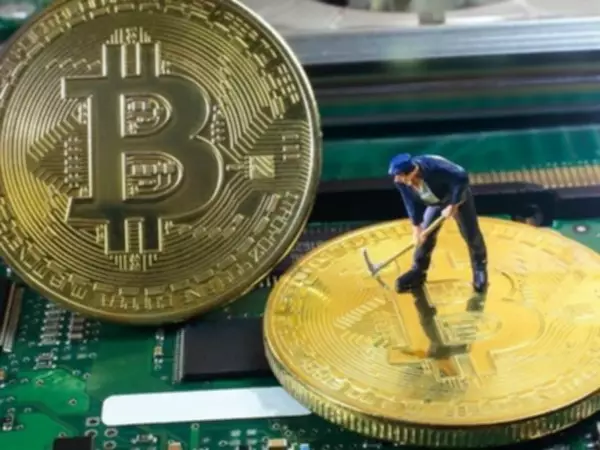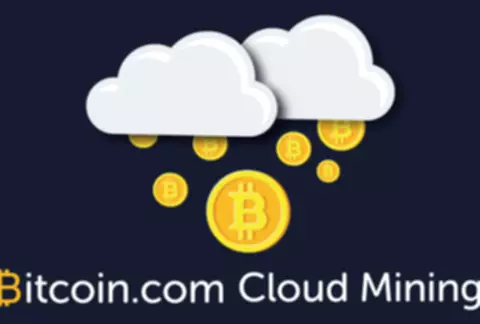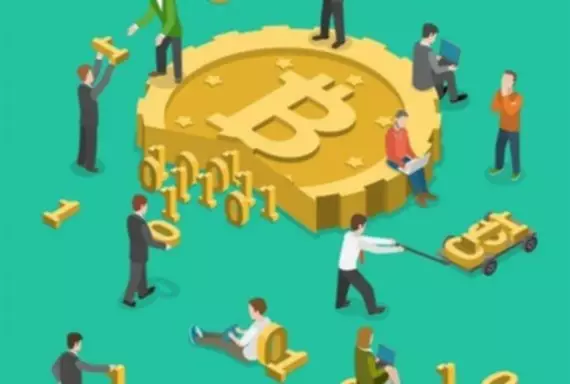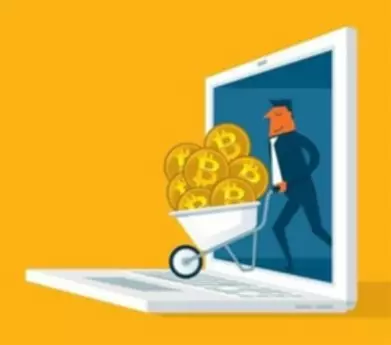Bitcoin Mining Overview

The word “mining,” when encountered, usually gives us this particular picture in mind: pickaxe and endless digging. But when mining is associated with the word Bitcoin, which is a digital entity, do we imagine literal digital mining of a crypto coin? This article will serve as an explainer to what Bitcoin mining is and how it works. Read on and discover the potentials and possibilities Bitcoin mining aspirants can dream of as they dig down deep into the world of Bitcoin mining.
The catch as to why cryptocurrency investors try Bitcoin mining is pretty simple: to earn Bitcoin tokens. However, investors don’t have to mine Bitcoin just to earn tokens. They can purchase Bitcoin easily in exchange for some money. Primarily, Bitcoin miners mine for the reward, which gives them the drive to help in promoting the chief purpose of mining per se, which is to support, monitor, and legalize the use of Bitcoin, its entire network and its blockchain domain. This is the system that Bitcoin has been known for – it is decentralized. Hence, users do not depend on institutions or a government body to regulate the domain.
What Bitcoin Miners Do

Basically, Bitcoin miners get paid for auditing transactions. Their primary job is to verify every Bitcoin transaction that has been made. Bitcoin maker Satoshi Nakamoto designed it that way to cultivate the value of honesty among users. As miners verify each transaction, they avoid the problem called double-spending or the act of spending the same bitcoin token twice.
Every miner is set to verify a certain amount of megabyte (MB) that will be rewarded with Bitcoin tokens. For every 1 MB of verified transactions or a block, it equates to one bitcoin token. Although it is clear that one block is equivalent to one bitcoin, not all miners are paid for verifying transactions. 1 MB or a block of the transaction can be composed of a sole transaction (if the file is that too heavy) or hundreds or even thousands of transactions.
Now, miners are only eligible to get paid for “mining” or verifying transactions when they meet the conditions set. These are:
- Verify if the transaction is 1 MB
- Be the first miner to get the correct answer to a given numeric problem, also known as “proof of work.”
(The proof of work is all about a 64-digit hexadecimal number that is either less than or equal to the target hash.)
Complicated as it is, Bitcoin mining makes more sense and is more rewarding, albeit taxing.
How to Join the “Block” Party
Now that we are clear about the task of mining and how it works let us lay down the process of becoming a miner. There are two basic ways to become a crypto miner. The first one is as simple as joining a cloud mining company while the other involves purchasing and using your own hardware. Let us discuss each step to mining blocks of transactions in the Bitcoin blockchain domain.
- Choose a Mining Company

Cloud mining is basically renting mining hardware and let someone else get the job done, or this case, mine for you. But just like with choosing a cryptocurrency service exchange, you also need to consider several factors before picking your mining company. Although a lot of cloud mining firms have vanished the system, there are still some legitimate and time-tested cloud mining firms out there ready to help you mine bitcoin. Read some literature comparing these companies and their offered services to choose the ablest cloud mining firms out there. - Select your preferred Mining Package

After choosing a mining company to mine bitcoin for you, the next necessary step is to select the mining package they have to offer. This is just choosing the amount of hashing power and cross-referencing that you can pay for. In betting, more entries mean more chances of winning. The same is true with choosing your mining package – the costlier package, the higher the return of investment is.
These mining companies offer you their packages based on the value of Bitcoin in the market at the present time. Meaning to say, the number is always susceptible to change at any given time. - Join a Mining Pool

Once the amount of mining is settled, you now join the mining pool that suits you best. What is a mining pool anyway? It is a group of crypto miners who combine their computational resources over a network. In this case, joining a winning mining pool is a must in order to get the reward from mining.
Pool mining requires a total team effort for them to win. Once they are successful in the mining procedure, they earn the reward and divide the rewards among the members of the pool. However, each miner has to submit his proof of work in order to claim his prize.
Moreover, mining pools have several methods to complete mining tasks. There are proportional mining pools, in which the rewards of each member are proportional to the number of shares they hold. Pay-per-share pools work in the same way that each member of the pool gets a share for his contribution. But the catch is that all miners of the pool are instantly rewarded whether they found a block or not. Peer-to-peer mining pools do not work in a centralized manner. Instead, they incorporate a separate blockchain related to the pool to avoid cheating. - Pick your wallet

Since the cloud mining service that you have assigned in does the job of mining bitcoin for you, you are just in the receiving end waiting for bitcoins to fill your account. When you withdraw your earned bitcoin tokens, make sure you have a wallet for safekeeping in case you wouldn’t reinvest your profit for higher hashing power.
Once you start earning Bitcoin tokens, you need to have a mental map for your Bitcoin earnings. Reinvesting it is a good choice, though you also have to be mindful of risks. You can also just keep it as long as you want. The downside of this option is that when the time comes that you want to spend your tokens, the price of each Bitcoin may no longer be as high as it was when you earned it. But on the contrary, it could be higher than it was when you first kept it. Regardless, the best thing to do is to secure your tokens in a hardware wallet where no other miner or user has access to it.



